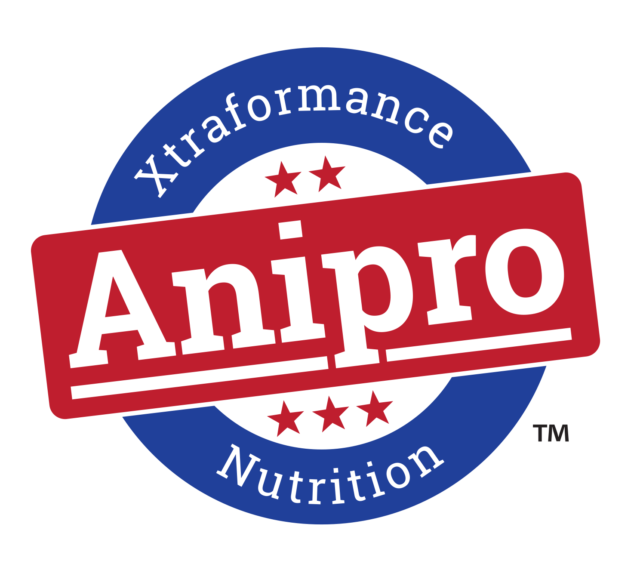“Simply vaccinating animals doesn’t always mean that they will be protected,” says J.P. Pollreisz, DVM for veterinary operations of Pfizer Animal Health. “To help ensure vaccines are effective and work the way they’re supposed to, producers need to make sure they’re also handling and storing vaccines properly.”
In fact, handling and storing vaccines properly can play a big part in how well animals are protected against diseases like bovine respiratory disease (BRD).
“Ultraviolet light and heat can disrupt the physical structure of the viruses that are in vaccines,” Dr. Pollreisz says. “A vaccine won’t go from effective to worthless in five minutes, but if left in the sun or exposed to heat for any amount of time, there’s no way to tell how much damage has been done to a vaccine. That’s why it’s so important vaccines are stored in coolers when producers are out working cattle.”
Dr. Pollreisz says producers should pay close attention to labels to determine how vaccines should be administered, when they should be given and to which animals. Additionally, producers also should be careful not to use vaccines past their expiration date and should not mix, or rehydrate, more vaccine than they can use in one hour.
Dr. Pollreisz also recommends producers talk to their veterinarians to choose vaccines that best fit their individual operations and goals, and those that come from a trusted company.
When handled properly, vaccines can help protect cattle against economically devastating diseases such as BRD.
“It’s a common misunderstanding that killed vaccines are more forgiving to mishandling than modified live vaccines, but that’s just not true,” Dr. Pollreisz says. “Proper vaccine handling holds true for any vaccine.” ![]()







